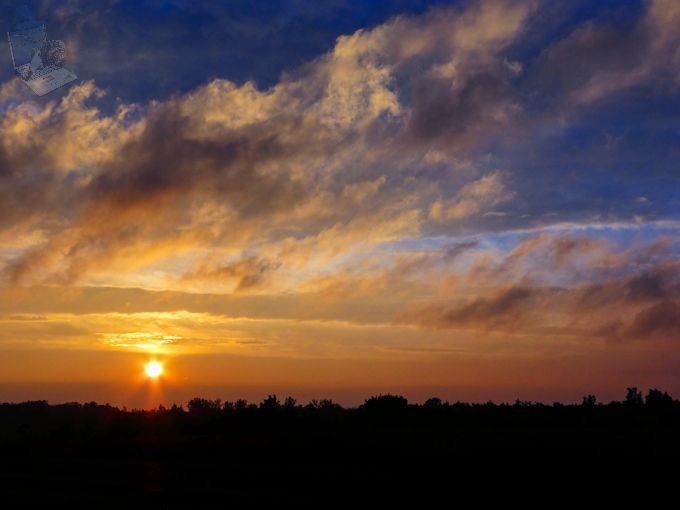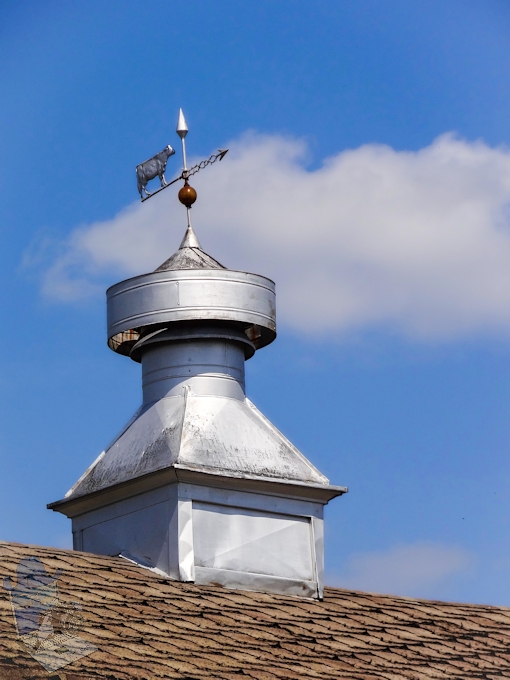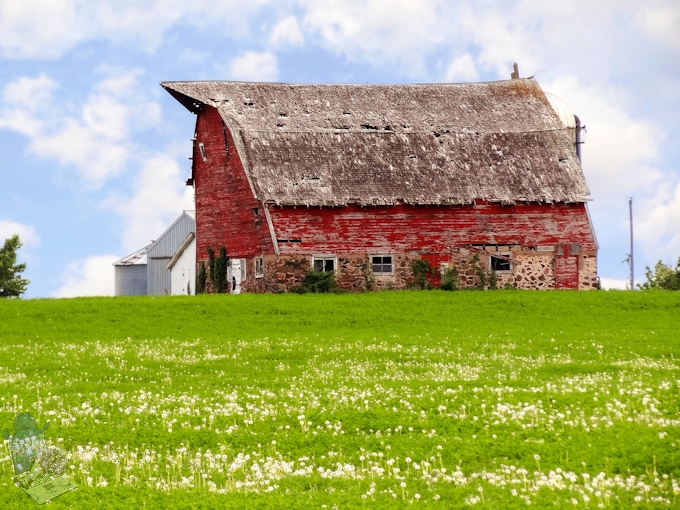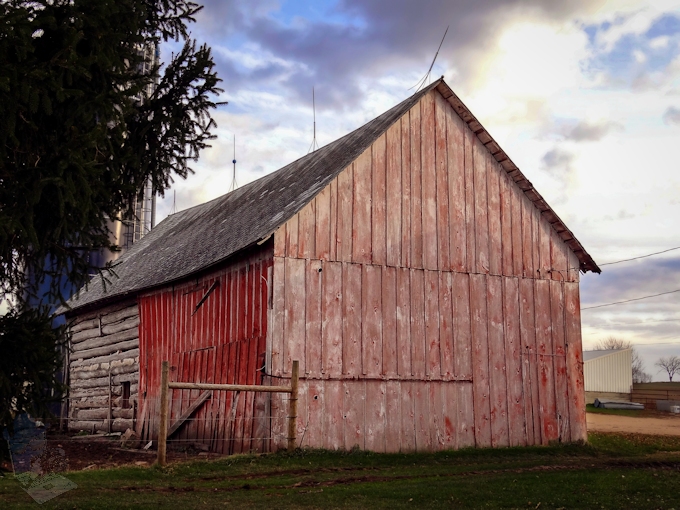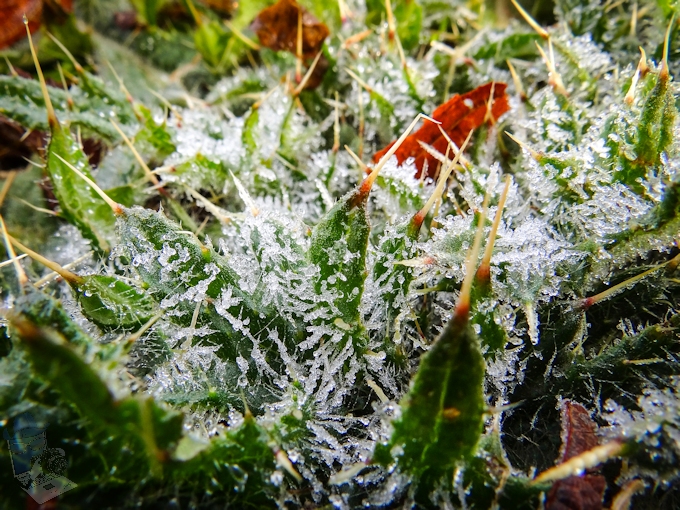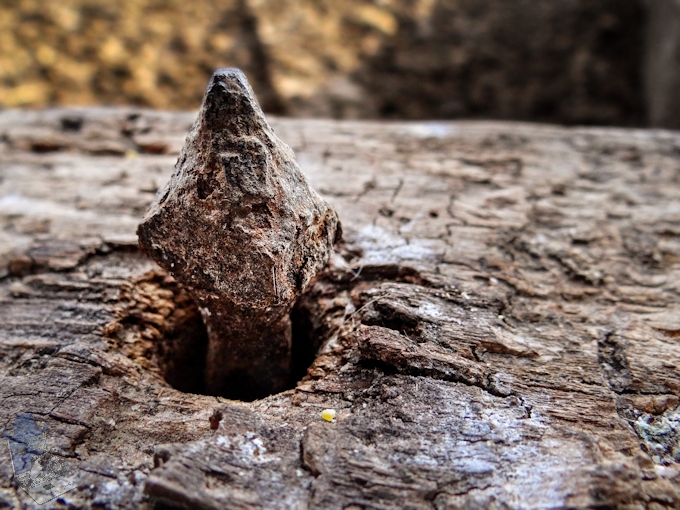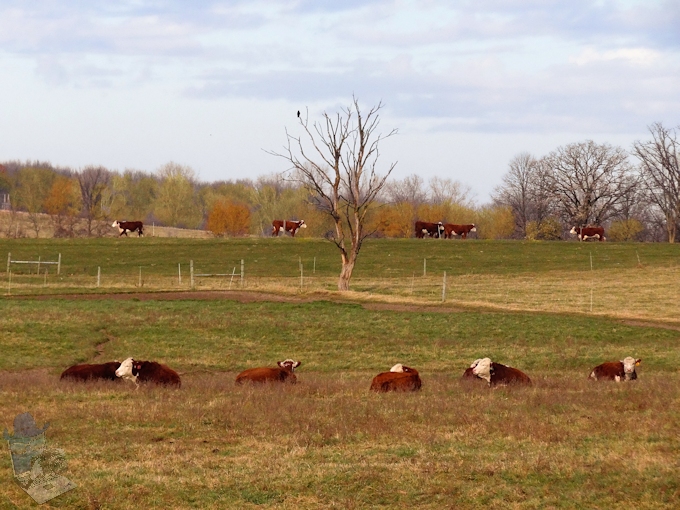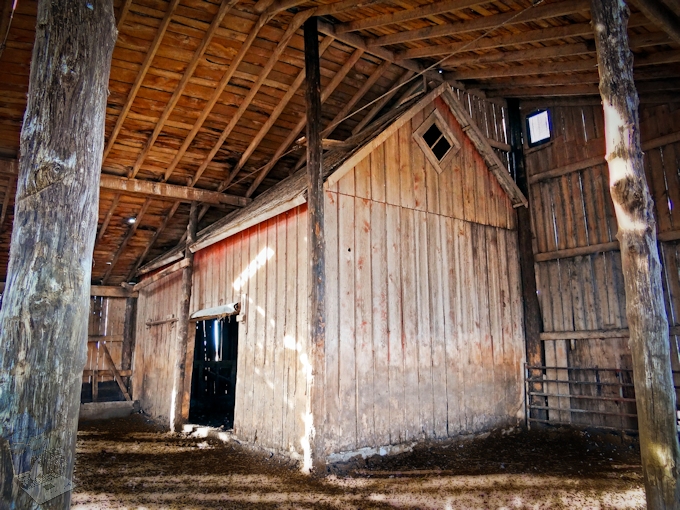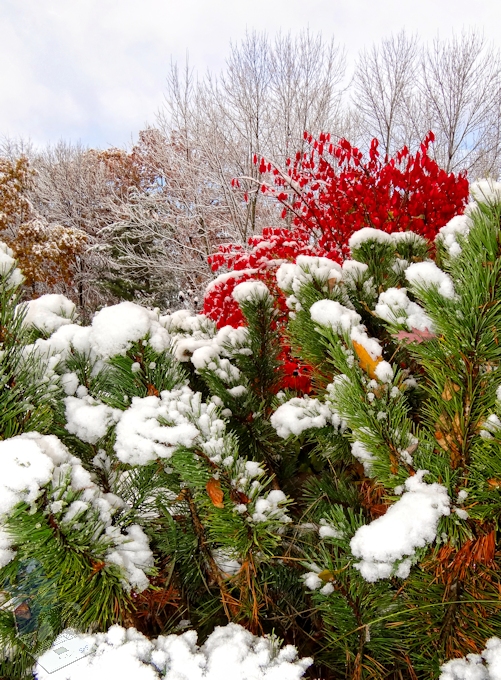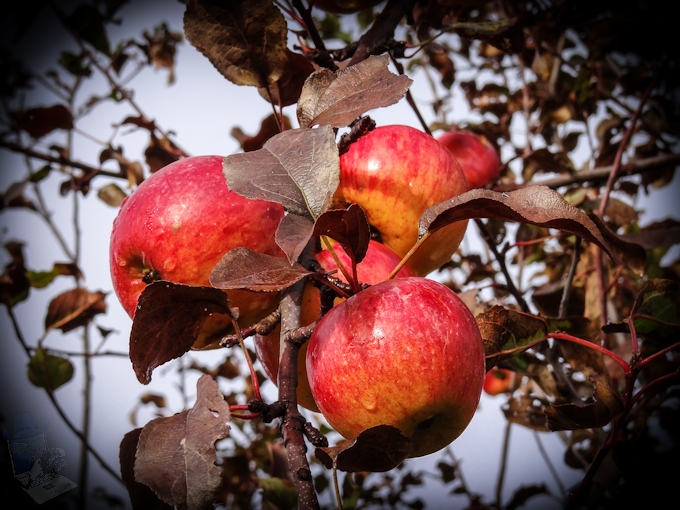A hundred and fifty years ago, a speech was heard which started out with these words, “Standing beneath this serene sky, overlooking these broad fields now reposing from the labors of the waning year, the mighty Alleghenies dimly towering before us, the graves of our brethren beneath our feet, it is with hesitation that I raise my poor voice to break the eloquent silence of God and Nature”. The two hour speech, given by Edward Everett, who was considered to be the nation’s greatest orator of his time, is not as recognizable as a short two minute speech given after his which began with the now famous words of “Four score and seven years ago our fathers brought forth on this continent a new nation, conceived in liberty, and dedicated to the proposition that all men are created equal”.
Everett’s oration was slated to be the “Gettysburg Address” on the afternoon of Thursday, November 19, 1863, at the dedication of the Soldiers’ National Cemetery in Gettysburg, Pennsylvania, but it is President Abraham Lincoln’s short speech which is known as the Gettysburg Address that has gone down in history as one of the finest examples of English public oratory.
Remembering Soldiers’ National Cemetery
